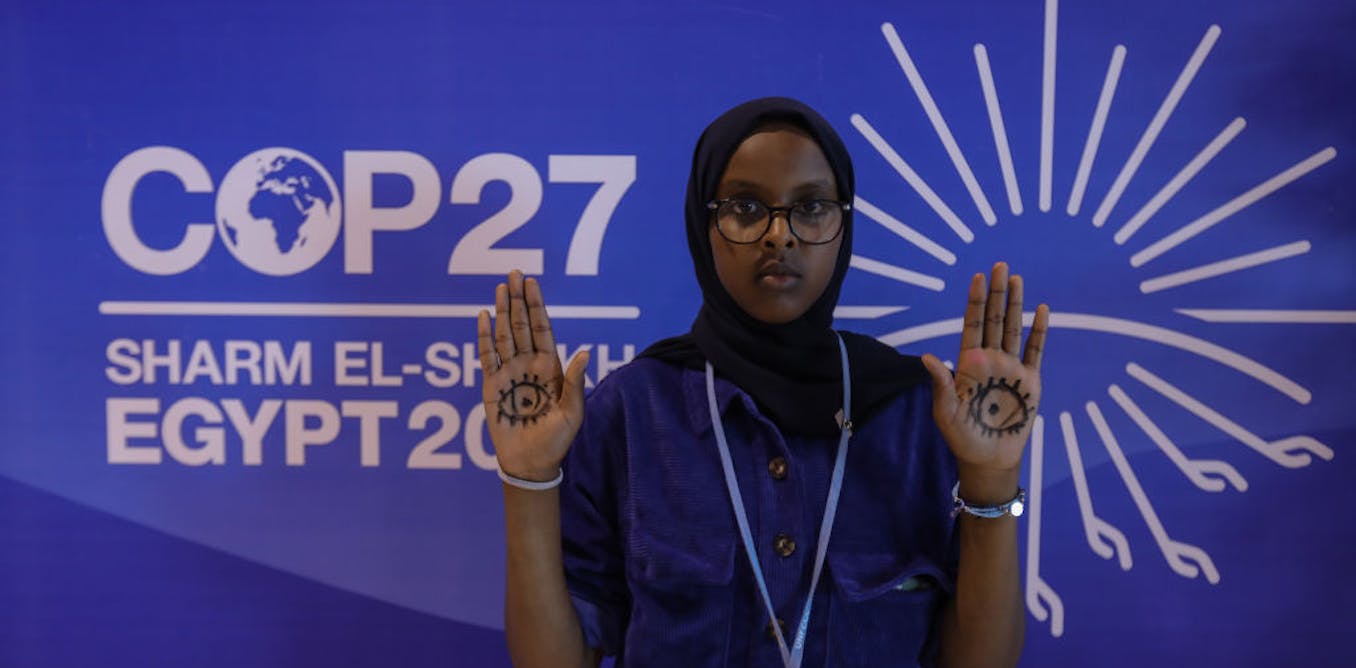Every year, the Climate COP serves to assemble world leaders, lobbyists, and various stakeholders to develop international policies, acting on the ecological crisis. COP27 that transpired in Egypt, concluding this Sunday, was unique in its irony. With the Egyptian government’s reported human rights violations, the rise in fossil fuel lobbyists, and inaccessibility at the conference, it was, no doubt, difficult for climate justice to be championed fairly.
“Acknowledging that climate change is a common concern of humankind, Parties should, when taking action to address climate change, respect, promote and consider their respective obligations on human rights, the right to a clean, healthy and sustainable environment, the right to health, the rights of indigenous peoples, local communities, migrants, children, persons with disabilities and people in vulnerable situations and the right to development, as well as gender equality, empowerment of women and intergenerational equity.”
Excerpt from the Sharm el-Sheikh Implementation Plan
Activists were barred from committee sessions after trying to bring attention to the damage caused by nations in power. Indigenous youth highlighting the damage caused by fossil fuels during the US president’s address and those who brought attention to the climate impacts of Russia’s war crimes.
“Young people were not able to have their voice heard at Cop27 because of restrictions on protest,” said Vanessa Nakate, a climate justice activist from Uganda, in her addressal to world leaders, “but our movement is growing and ordinary citizens in every country are starting to hold their governments accountable on the climate crisis at home.”
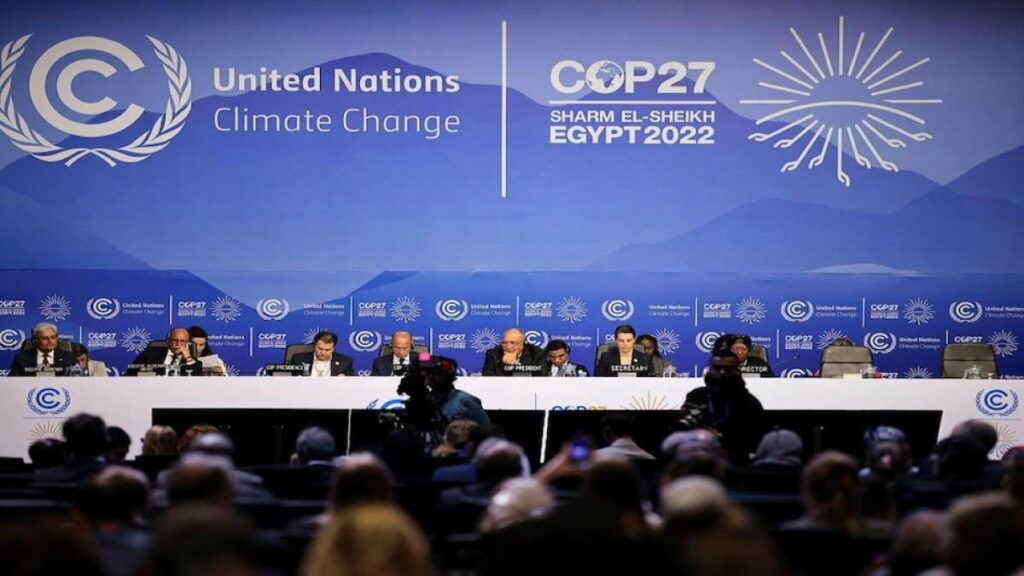
Trying to stage protests within the host government’s strict regulations was just as difficult as getting to the COP in the first place.
Last month, the Guardian reported on the on-ground African activists who struggled to acquire the accreditation, travel funding, accommodation funding needed to simply attend the COP. At their arrival, activists were met with even the most basic problems, lack of water and sandwiches costing $15. This was all while world leaders arrived in hundreds of grossly polluting private jets.
Also read: Denmark, First To Pay Up For ‘Loss and Damage’—Can Climate Finance Truly Be Intersectional?
In an HT report, Pratima Gurung, an indigenous activist, academic, and the General Secretary of Indigenous Person with Disabilities Global Network, said that she and her fellow wheelchair users often faced inadequate support during transport from the organisers.
With all these barriers, hopes from the conference were dire. Ayadi Mishra, 23, an architect, researcher and negotiator from India spoke about the tensions in the beginning to FII. “Initially, everyone feared that politics and bureaucratic windings would take the centre stage, especially when the 1.5 degrees urgency and discussions around adaptation and article 6 (implementation for reaching climate targets) seemed to take major hits.”
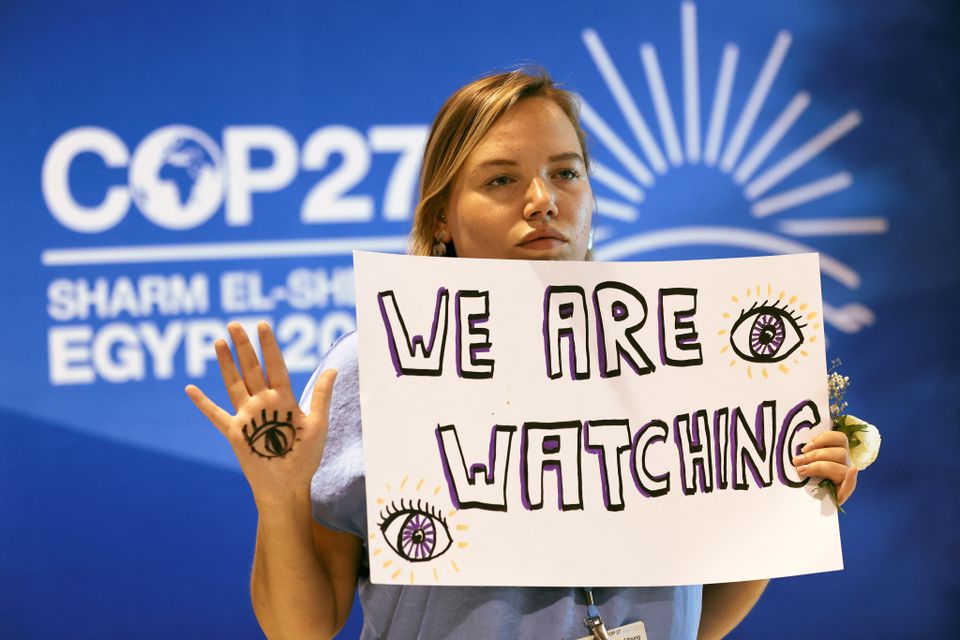
Still, the final COP outcome was largely welcomed as being impactful due to the successful agreement on a Loss and Damage Fund. This will enable developing nations to access finance to recover from climate disasters while transitioning from unsustainable economies. After decades of campaigning for such action by youth activists from the global south and the passing of innumerable climate disasters, this is a major win.
Not without criticism though
Xiomara Acevedo, the Director of Baranquilla+20 and Women for Climate Justice coordinator, points out the lack of a practical pathway. “Despite parties finally reaching a decision for the L&D fund, the essential actions necessary to stop L&D (from happening in the first place) —such as limiting fossil fuel production, were not agreed upon or even discussed with the necessary urgency,” Acevedo says to FII.
Activists have identified several shortcomings with regards to the outcome’s wording. While “fossil fuel phase-out” ought to have been clearly stated, as proposed by India, after drawn-out negotiations only a “phase-down on coal” surfaced. Many believe that this can simply lead to nations turning to gas and other ‘slippery’ methods of using fossil fuels.
Gender justice, tribal rights, patriarchy, and colonialism. For true climate justice to be achieved, we need to have frontline communities, indigenous communities and young people at the forefront of our decision making. Because they know what it’s like to lose and be at risk of losing everything they know to be home. Only they know and understand the urgency of this crisis. We don’t need ‘better’ representation, but just representation in our decision-making positions.
Ayadi chalked up a lot of these issues to the “clear problem” of historical responsibilities that placed discussions between the “Global North ‘v.s.’ the Global South”. When asked about their thoughts on ecofeminism at COP27, they said to FII that, “Seeing from the amount of representation for women at the summit, we can make our conclusions for that question.”
Also read: Environmental Crisis And Gender: The Effects Of Climate Change On Women’s Gynaecological Health
The photograph of all the assembled world leaders became somewhat infamous for its stark lack of people of marginalised genders. Not to mention the underrepresentation of indigenous communities, people with disabilities, and other most affected communities.
Not a single nation from the Global South had more representatives than the fossil fuel industry delegation (comprising a registered 636 lobbyists). According to Xiomara, this tendency to continue to exploit fossil fuels is a manifestation of patriarchal values, because true ecofeminism would have been inherently life-centric instead. Petro-masculinity’s prevalence in COP27 discourse was quite evident, with policies shying away from addressing the root of injustice and environmental degradation.
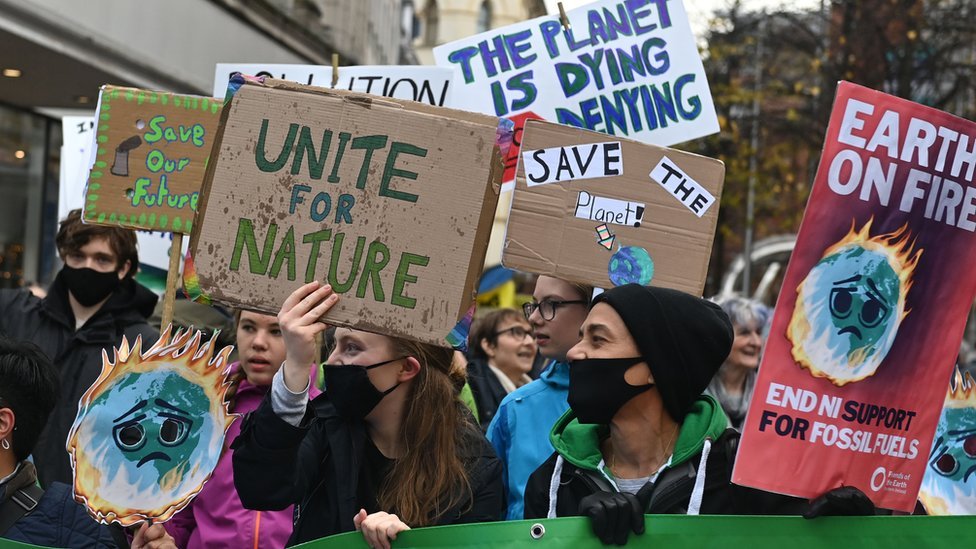
The focus on climate justice was inevitably shifted to hard science and finance. Even the final outcome report only included a brief acknowledgement statement on the full extent of the climate crisis’ disproportionate impacts on societies.
“Acknowledging that climate change is a common concern of humankind, Parties should, when taking action to address climate change, respect, promote and consider their respective obligations on human rights, the right to a clean, healthy and sustainable environment, the right to health, the rights of indigenous peoples, local communities, migrants, children, persons with disabilities and people in vulnerable situations and the right to development, as well as gender equality, empowerment of women and intergenerational equity,” reads the excerpt from the final Sharm el-Sheikh Implementation Plan.
“They took just one perspective, rather than understanding issues through the lens of indigenous rights, education, women’s rights. For example, it’s very easy to say we’ll set up renewable energy centres or plant more trees. But more than often, those settlements end up kicking indigenous communities from their homelands. Young people had to create the intersectional climate justice spaces ourselves for us to truly feel heard and understood.“
Theresa Rose Sebastian
It thus failed to provide for realistic solutions to tackle this. Truly just grassroots action needs more than an acknowledgement. Thankfully, with the first ever Sharm el-Sheikh Youth Climate Dialogue taking place at this COP, the future is hopeful for better inclusion of young activists. A further article (51) on including indigenous communities and civil societies was also seen later on in the report—though the extent to which this representation translates to decision-making power is uncertain.
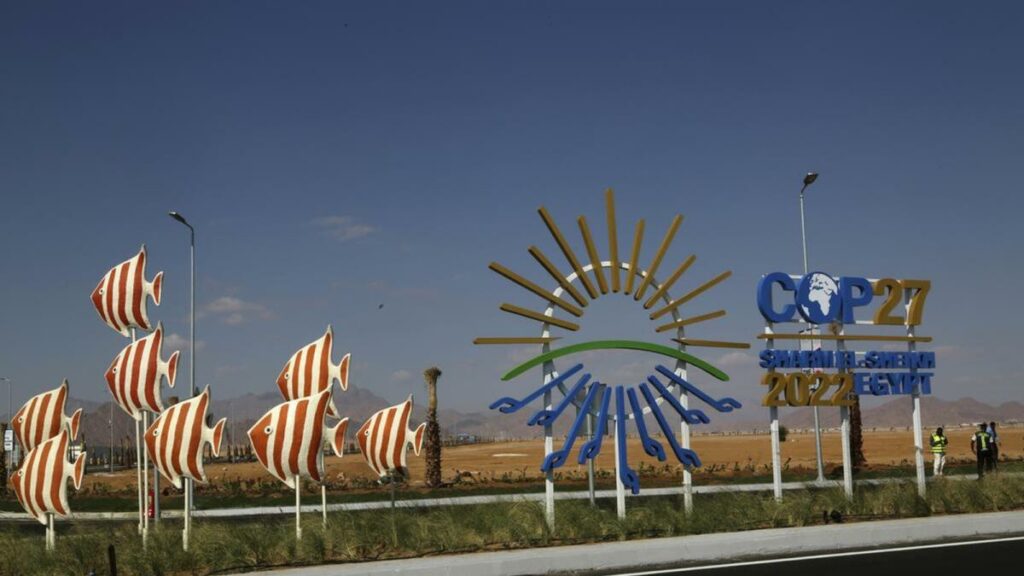
Eighteen year old Theresa Rose Sebastian, a climate & social justice activist, who got involved in climate activism ever since the summer of 2018 when her home state of Kerala was flooded by torrential rain, found this year’s Youth Pavilion to be a safe space for young perspectives. At the same time, the climate justice discourse outside of these spaces was often inadequate.
Also read: COP26 Or 26th UN Climate Summit aka The Toxic Ex That Promises To Do Better, But Doesn’t
“When governments spoke about “climate justice”, it was often followed by one-sided solutions.” She said to FII. “They took just one perspective, rather than understanding issues through the lens of indigenous rights, education, women’s rights. For example, it’s very easy to say we’ll set up renewable energy centres or plant more trees. But more than often, those settlements end up kicking indigenous communities from their homelands. Young people had to create the intersectional climate justice spaces ourselves for us to truly feel heard and understood. One specific panel was organised by Mikaela Loach with a group of powerful young activists from all corners of the world (nearly all women and femme). It was there I finally heard things like racial justice, gender justice, tribal rights, patriarchy, and colonialism. For true climate justice to be achieved, we need to have frontline communities, indigenous communities and young people at the forefront of our decision making. Because they know what it’s like to lose and be at risk of losing everything they know to be home. Only they know and understand the urgency of this crisis. We don’t need ‘better’ representation, but just representation in our decision-making positions,” Theresa adds.
.
